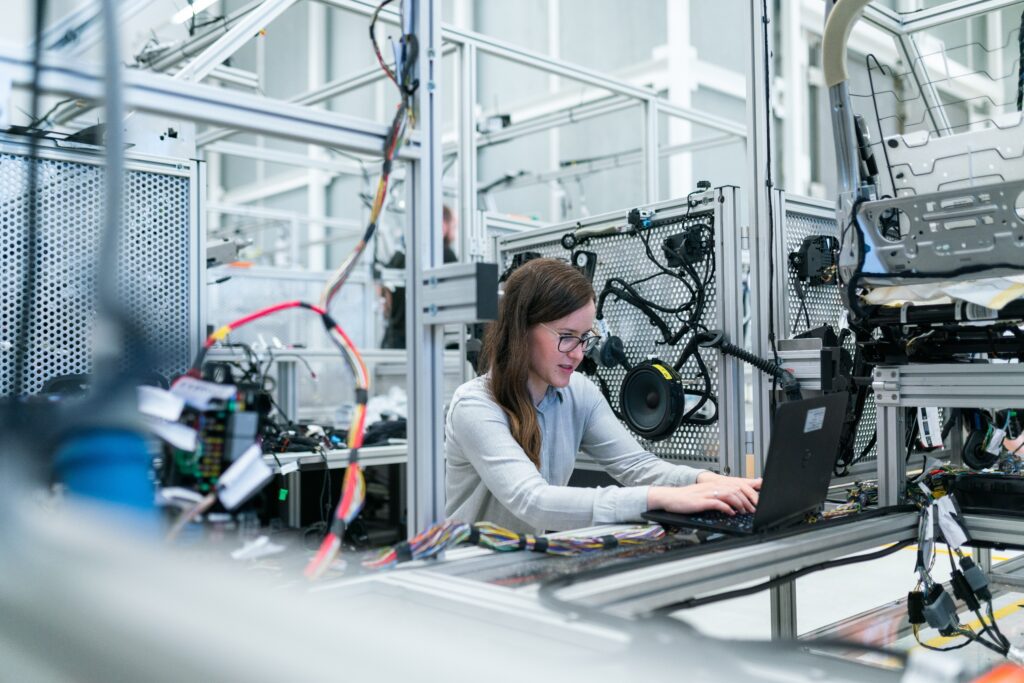In a groundbreaking discovery that holds immense promise for the renewable energy sector, engineers at the Massachusetts Institute of Technology (MIT) have successfully engineered a “supercapacitor” utilizing ancient and abundant materials. Comprising cement, carbon black, and water, this innovative device showcases the potential to revolutionize affordable and scalable energy storage solutions, particularly for intermittent renewable sources like solar and wind energy.
The newly developed supercapacitor, as revealed in a recent study published in PNAS Scientific Journal, could address one of the most pressing challenges in the renewable energy field—storing surplus energy generated during peak periods for use during lulls in energy production. Unlike traditional batteries, supercapacitors offer rapid energy storage and release capabilities, making them ideal for balancing the intermittency inherent in renewable energy sources.
MIT engineers, drawing inspiration from ancient materials, have ingeniously formulated a blend of cement, water, and carbon black, the latter of which bears a striking resemblance to powdered charcoal, MIT News reported. This ingenious composition not only taps into the vast availability of these materials but also leverages their inherent properties to enable efficient energy storage and release.
The study indicates that this novel supercapacitor showcases remarkable energy storage capacity and efficiency. Its structural components, cement, and water form a porous matrix, allowing for the efficient transport of charges. Carbon black, serving as an electrical conductor, enhances the supercapacitor’s performance by facilitating the storage of large amounts of energy within the structure.
As renewable energy adoption continues to grow, the issue of energy storage remains paramount to ensure consistent power supply. The newly developed supercapacitor has garnered attention from experts worldwide, as it potentially provides a low-cost, eco-friendly, and scalable energy storage solution. When integrated with solar or wind energy systems, this technology could play a pivotal role in addressing the intermittency challenge and advancing the global transition to sustainable energy sources.
The MIT-engineered supercapacitor opens doors to a future where ancient materials meet modern innovation, creating a synergy that could reshape the renewable energy landscape. As research and development in this field progress, the potential for a more resilient and sustainable energy future becomes increasingly tangible.














